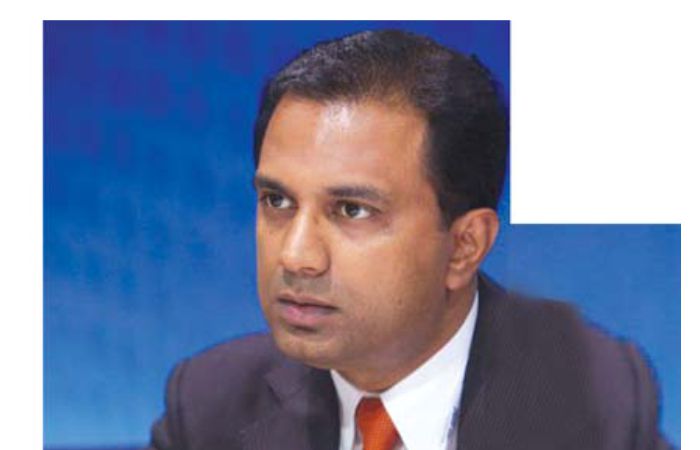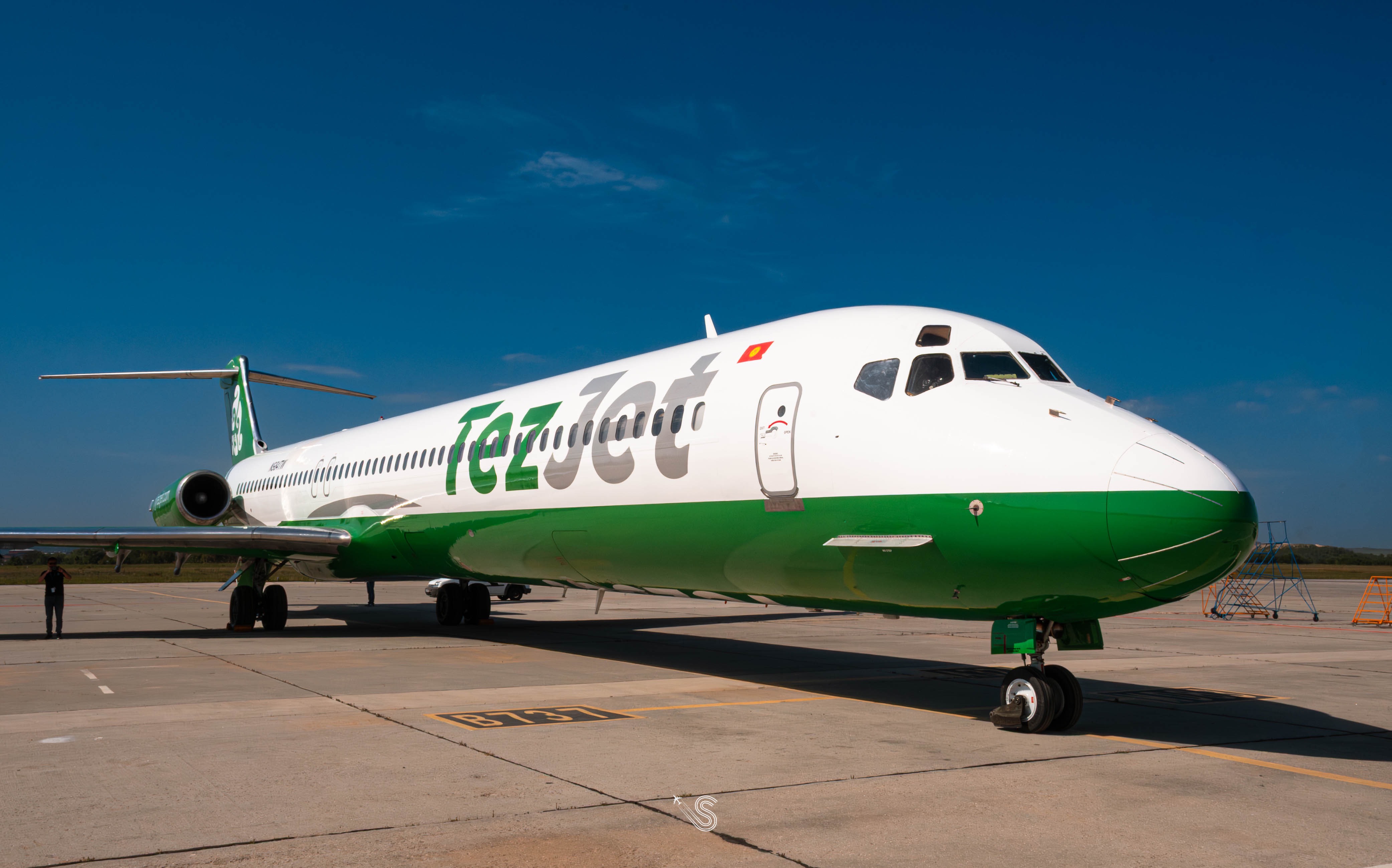As international airlines struggle with limited flying rights to India, Sudhir Sreedharan, Senior VP, Commercial (GCC, Subcontinent, Africa), flydubai, speaks on restrictions in tapping the high growth potential between India & UAE.
As the Dubai sector exhausts its bilateral seat capacity of 62,500 flights a week between India and Dubai, flydubai is hoping to see a fresh round of talks to further enhance the offerings on this sector.
A study, commissioned by Emirates and conducted by the National Council of Applied Economic Research (NCAER), said that the airline’s operations in India added $848 million to the country’s gross domestic product, supported over 86,000 Indian jobs and generated almost $1.7 billion in foreign exchange earnings in 2014-15.
In light of these figures, Sudhir Sreedharan says, “We are struggling with limited constrained capacity and are not growing in India. Today, the seat capacities on both sides stand completely utilised. The last aviation bilateral talks were in 2014. We are hoping and waiting that the Indian government calls for bilateral talks soon and comes up with a formula that helps in developing certain zones (special economic zones) and helps us open skies there.”
While Emirates continues to be the long-haul carrier from Dubai, flydubai wants to stay focused towards the tertiary markets and connect them to Dubai. “We have asked the Indian authorities to consider giving us access to 11 airports in the DONER region. I have been hammering the authorities in India that they are not allowing a demographic fair representation of India for our youth to participate in the growth of the GCC,” highlights Sreedharan.
The airline also claims to be the first airline to put a petition to fly to Bhubaneswar, Srinagar and Chandigarh. “Give me the approval and we will land in six weeks. Give us the opportunity and we’ll develop the airport. The investment on the flights and route development will be all ours and the jobs that will be created will benefit India,” he adds.
Trying to find a win-win situation for all, Sreedharan adds, “With over 80 airports in India today, we can offer a formula where we can say that airports, until they reach a fixed annual capacity benchmark, will have an open sky policy. This allows the interested airline to invest, create jobs and allow more free movement of trade and people.”
 TravTalk India Online Magazine
TravTalk India Online Magazine





